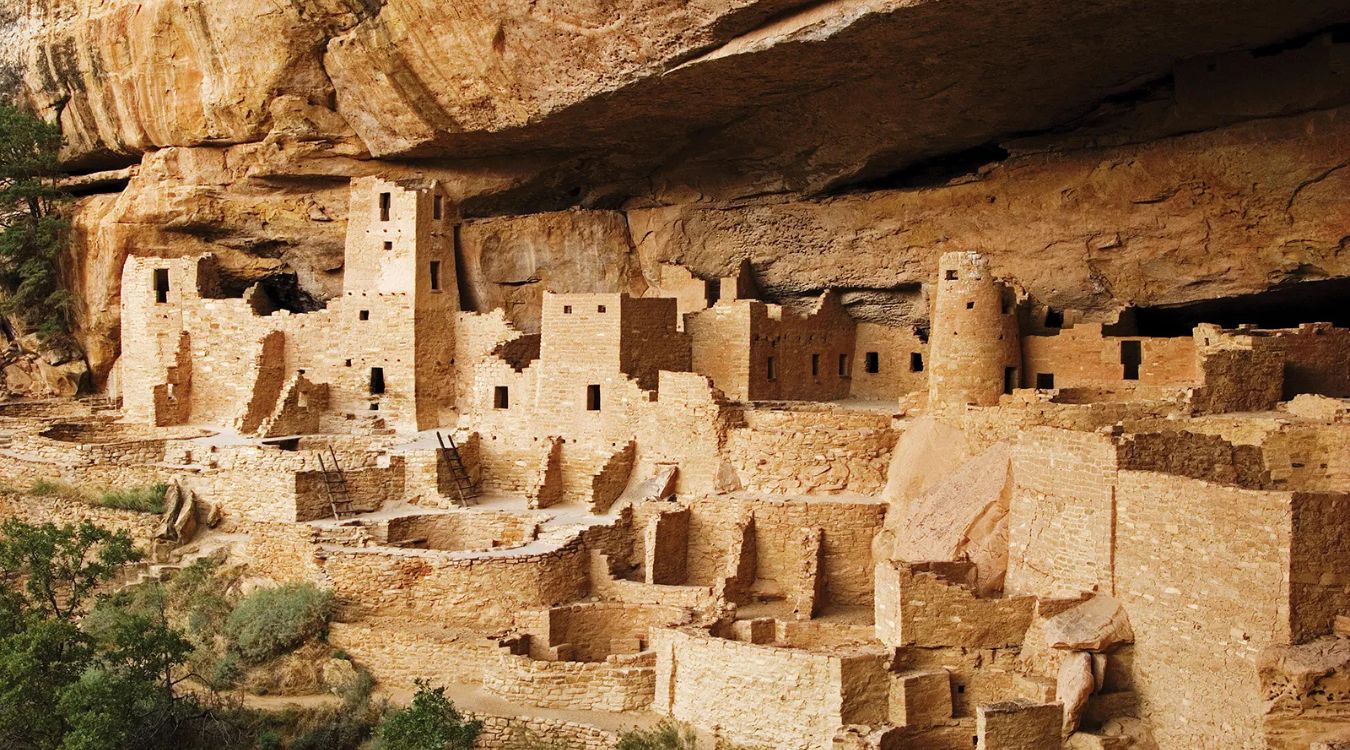Secrets Of Colorado’s Ancient Stone Ruins

Have you ever wondered about the ancient stone ruins scattered across Colorado? These mysterious structures hold stories from centuries past, offering a glimpse into the lives of the people who built them. From the cliff dwellings of Mesa Verde to the enigmatic stone circles in the San Luis Valley, each site has its own unique history. Exploring these ruins can feel like stepping back in time, allowing you to connect with the ancient cultures that once thrived in this region. Whether you're a history buff or just curious, visiting these sites can be a fascinating adventure. Ready to uncover the secrets of Colorado's ancient stone ruins? Let's dive in!
Discovering Colorado's Ancient Stone Ruins
Colorado, known for its stunning landscapes and outdoor adventures, also hides a treasure trove of ancient stone ruins. These remnants of past civilizations offer a glimpse into the lives of those who once roamed these lands. Let's explore some of the most fascinating ancient stone ruins in Colorado.
Mesa Verde National Park
Mesa Verde National Park is a UNESCO World Heritage Site that showcases the ingenuity of the Ancestral Puebloans. This park is home to some of the most well-preserved cliff dwellings in North America.
- Cliff Palace: The largest cliff dwelling in North America, Cliff Palace features over 150 rooms and 23 kivas (ceremonial rooms). Built into a massive alcove, it offers a stunning view of ancient architecture.
- Spruce Tree House: Another impressive cliff dwelling, Spruce Tree House, has about 130 rooms and eight kivas. It provides a more intimate look at the daily lives of the Ancestral Puebloans.
- Balcony House: Known for its challenging access, Balcony House requires visitors to climb ladders and crawl through tunnels. The effort is rewarded with a close-up view of this 40-room dwelling.
Hovenweep National Monument
Hovenweep National Monument, located on the Colorado-Utah border, features six prehistoric villages built by the Ancestral Puebloans. These ruins are spread across a vast area, offering a unique exploration experience.
- Square Tower Group: The most accessible and well-known site at Hovenweep, the Square Tower Group, includes several multi-story towers and kivas. The structures are perched on the edge of a canyon, creating a dramatic backdrop.
- Holly Group: This group of ruins is known for its Holly Tower, which stands on a boulder at the head of Keeley Canyon. The Holly Group also features several other structures, including a kiva and a D-shaped tower.
- Cutthroat Castle Group: One of the more remote sites at Hovenweep, Cutthroat Castle Group, offers a quieter, more secluded experience. The ruins include several towers, kivas, and a large, circular structure.
Chimney Rock National Monument
Chimney Rock National Monument, located in the San Juan National Forest, is a significant archaeological site that was once home to the Ancestral Puebloans. The site features several impressive ruins and offers stunning views of the surrounding landscape.
- Great House Pueblo: This large, multi-story structure was likely used for ceremonial purposes. It sits atop a mesa, providing panoramic views of the area.
- Chimney Rock Pueblo: Located near the twin spires of Chimney Rock, this pueblo features several rooms and kivas. The site is believed to have been a significant cultural and astronomical center.
- Pit House: One of the oldest structures at Chimney Rock, the Pit House, offers a glimpse into the early architectural styles of the Ancestral Puebloans.
Canyons of the Ancients National Monument
Canyons of the Ancients National Monument is home to the highest known density of archaeological sites in the United States. This vast area contains thousands of ruins, including cliff dwellings, kivas, and petroglyphs.
- Lowry Pueblo: A well-preserved site, Lowry Pueblo features 40 rooms, eight kivas, and a Great Kiva. The pueblo is partially excavated, allowing visitors to see the original masonry.
- Painted Hand Pueblo: Named for the hand-shaped pictographs found on a nearby boulder, Painted Hand Pueblo includes several small cliff dwellings and towers. The site offers a more rugged, off-the-beaten-path experience.
- Sand Canyon Pueblo: One of the largest sites in the monument, Sand Canyon Pueblo, features over 420 rooms, 90 kivas, and 14 towers. The pueblo is partially excavated, providing a fascinating look at the complex architecture of the Ancestral Puebloans.
Yucca House National Monument
Yucca House National Monument, located in southwestern Colorado, is an unexcavated site that offers a more natural, untouched experience. The monument preserves a large pueblo complex that was once a thriving community.
- Yucca House Pueblo: This extensive site includes several room blocks, kivas, and a large central plaza. The unexcavated nature of the site allows visitors to imagine what life was like for the Ancestral Puebloans without modern interference.
Embracing Colorado's Ancient Wonders
Colorado's ancient stone ruins offer a glimpse into the past. These sites, like Mesa Verde and Chimney Rock, tell stories of early civilizations. Exploring these ruins connects us to the people who once lived there. The intricate designs and structures show their ingenuity and way of life.
Visiting these sites isn't just about seeing old stones. It's about understanding history and appreciating the efforts of those who came before us. Each ruin has its own unique story, adding depth to our knowledge of ancient cultures.
Next time you're in Colorado, take the time to visit these ancient wonders. You'll walk away with a deeper appreciation for history and the people who shaped it. Colorado's stone ruins are more than just tourist spots; they are windows into a rich and fascinating past.

